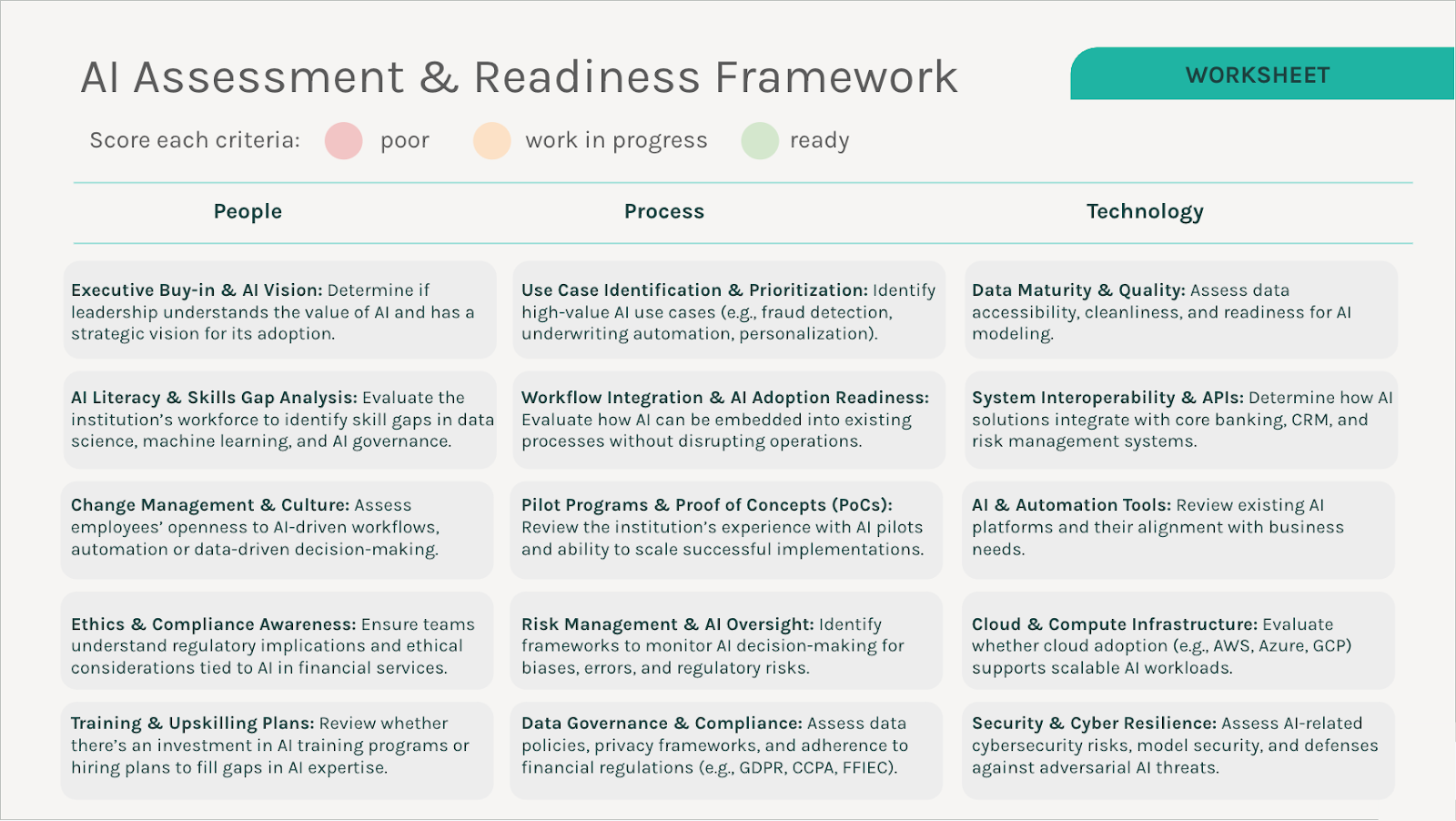Agentforce went GA October 25, 2024. We’re now six months into what has been one of the most transformative periods in the history of Salesforce. In that time, we’ve seen real wins, real roadblocks, and a clear pattern emerge for financial institutions.
What we’ve learned about Agentforce for financial services six months in:
- The rise of the “digital workforce”: The platform’s future centers on enabling digital workforces to drive internal cost and operational efficiencies.
- Stop building—start testing: We pivoted hard from DIY your AI to leveraging off the shelf solutions like Agentforce to start experimenting with available data sets faster.
- Compliance still rules the roadmap: Financial Services compliance and regulatory measures are limiting initial use cases to truly determine the value of agentic AI given data security requirements. We knew this already, but engagement in the last six months has confirmed it.
- Strategy before agents: Everyone needs to identify their first agentic use case (this is every second conversation we have these days). However, most Financial Institutions do not currently have operating models and processes to effectively curate ROI driven use cases.

